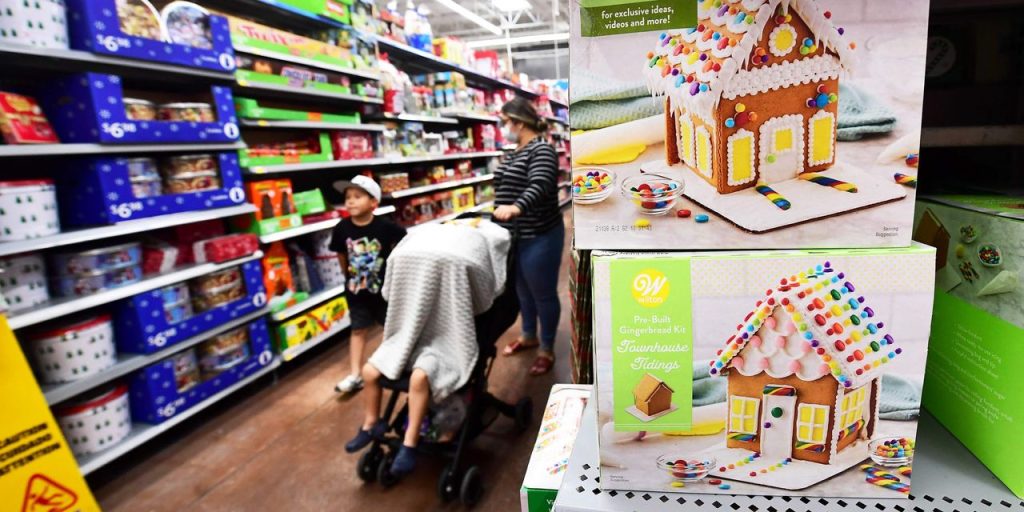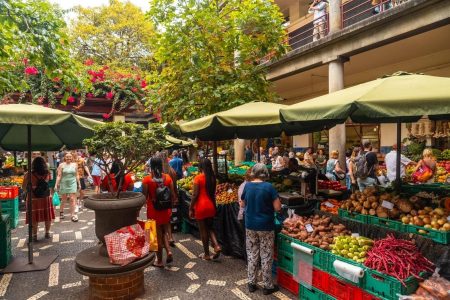Food prices grew at a slower pace in June, but economists remain concerned that prices will reach a level where consumers will make dramatic changes in their behavior.
Food prices rose 3% in June compared to a year ago, according to the latest data from the Bureau of Labor Statistics. After a year of price hikes, consumers continued to see food prices rise, but at a slower rate.
Grocery prices were 5.7% higher in June compared to a year ago, and dining out was 7.7% more expensive. That’s significantly lower than the 13.5% peak inflation for grocery prices last August and the 8.8% peak inflation for dining out.
“Overall, there continues to be a similar narrative of extended upward pressure on food prices as we try to discern whether this stress has led to a tipping point where consumers are struggling to buy the foods that they want,” said Jayson Lusk, the head and distinguished professor of Agricultural Economics at Purdue University.
Reported food insecurity across households of different income levels reached 17% in June, the highest level since March 2022, according to the monthly Consumer Food Insights Report from Purdue University. Although it didn’t deviate too much from the normal range — food insecurity hovered at 14% two months ago — Lusk said the increase is concerning given the amount of pressure on more financially vulnerable consumers.
“Reported food insecurity across households of different income levels reached 17% in June, the highest level since March 2022, according to Purdue University. ”
The pandemic-era expansion of the Supplemental Nutrition Assistance Program ended in March, meaning SNAP recipients are now receiving $90 less on average every month, according to the Center on Budget and Policy Priorities, a progressive policy think tank based in Washington, D.C.
The recent rise in food insecurity could be a lag from households adjusting to the policy change, Lusk said. On average, consumers are spending about $120 per week on groceries and $70 per week on dining out or takeout, the report found.
Middle-income households earning $50,000 to $100,000 a year and low-income households earning less than $50,000 a year cut weekly spending on groceries and dining out by about $10 a week, Purdue found. The average weekly grocery expenditure for low-income households was $103 in June; for middle-income households, it was $118. Households earning more than $100,000 a year spent $141 a week on groceries in June.
****Around 47% of low-income households — those earning less than $50,000 a year — said they relied on SNAP benefits in May, up from roughly 40% in February, according to a recent Morning Consult report.*****
For low-income households, rising food insecurity is often coupled with juggling bills such as utilities and rent, which has also led to rising eviction rates in recent months, according to Propel, an app that aims to help low-income Americans improve their financial health. Propel surveys SNAP users on insecurity around food, finance and their housing situation.
Nearly half of the survey respondents said they cannot afford the food they want. “We were unable to pay bills because we had to buy food. We’re about to lose our home,” a South Carolina user named Anna told the Propel survey.
The share of surveyed households that paid their utilities late rose 11% from May to June, and only 27% of respondents paid their utility bills on time and in full, according to Propel’s June survey.
Read the full article here









